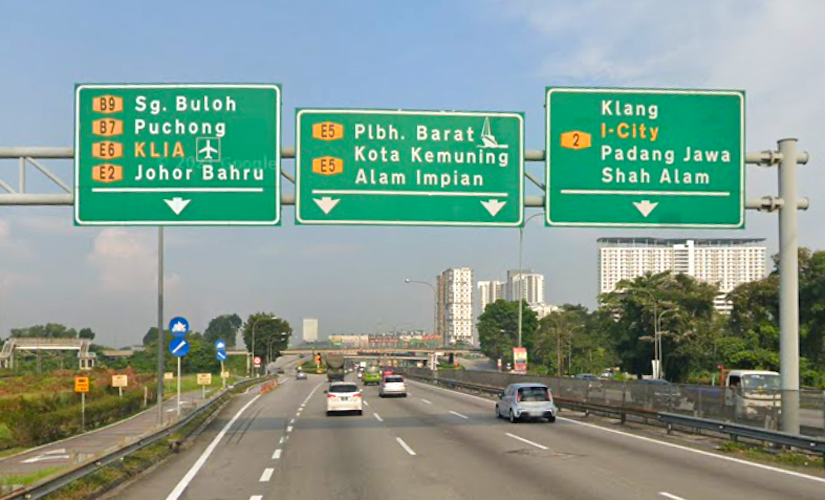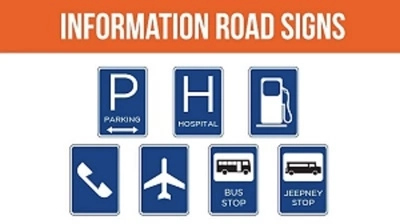Common Misinterpretations of Road Signs in Malaysia: How to Avoid Confusion on the Road
Introduction:
Traversing the roads in Malaysia is an experience that demands a comprehensive understanding of the diverse array of road signs that guide motorists. While Malaysia adheres to international standards for road signage in Malaysia, there are common misinterpretations that drivers, both local and foreign, may encounter. This article aims to illuminate these potential pitfalls, offering valuable insights to help drivers avoid confusion on the road. By addressing these misinterpretations, we aim to contribute to a safer and more efficient driving experience for all.
1. Speed Limit Signs:
Common Misinterpretation: Assuming uniform speed limits across all road types.
Guidance: It’s crucial to recognize that speed limits vary across different road categories. Urban roads typically have a speed limit of 50 km/h, while highways may have higher limits. Adhering to these posted speed limits is not only a legal requirement but also paramount for ensuring the safety of all road users.

2. Directional Signs:
Common Misinterpretation: Overlooking the significance of the color-coded directional signs.
Guidance: Directional signs in Malaysia follow a color-coded system. Green signs indicate national highways, blue signifies state and district roads, and brown is reserved for tourist attractions. Understanding this system aids drivers in quickly identifying and navigating towards their intended destinations.
3. Warning Signs:
Common Misinterpretation: Disregarding the symbols on warning signs.
Guidance: Warning signs, typically triangular with a red border, are designed to alert drivers to potential hazards. Familiarizing yourself with these symbols is crucial. For example, a winding road symbolizes upcoming curves, while a pedestrian crossing symbol warns of the possibility of pedestrians crossing ahead.

4. Prohibition Signs:
Common Misinterpretation: Neglecting the importance of circular prohibition signs.
Guidance: Circular signs with a red border and a white symbol denote actions that are not allowed. Understanding these signs is essential for compliance. For instance, a crossed-out bicycle indicates bicycles are prohibited, and a no-entry sign signifies restricted access.
5. Information Signs:
Common Misinterpretation: Ignoring valuable information on rectangular blue signs.
Guidance: Rectangular blue signs provide essential information about nearby amenities, services, and attractions. Paying attention to these signs enhances the overall driving experience, making journeys more informed and enjoyable.

6. Construction Signs:
Common Misinterpretation: Underestimating the importance of diamond-shaped construction signs.
Guidance: Diamond-shaped signs with orange or yellow backgrounds signify ongoing construction or maintenance activities. Drivers encountering these signs should exercise caution, reduce speed, and follow detour instructions to navigate safely through construction zones.
Conclusion:
Mastering the nuances of road signs in Malaysia is integral to ensuring a safe, stress-free, and efficient driving experience. By addressing and avoiding common misinterpretations, drivers can navigate the country’s roads confidently. It is essential to familiarize oneself with the specific meanings of different signs, recognize color codes, and pay close attention to symbols. Armed with this knowledge, drivers can prioritize safety, adhere to traffic rules, and contribute to a harmonious and pleasant driving environment.